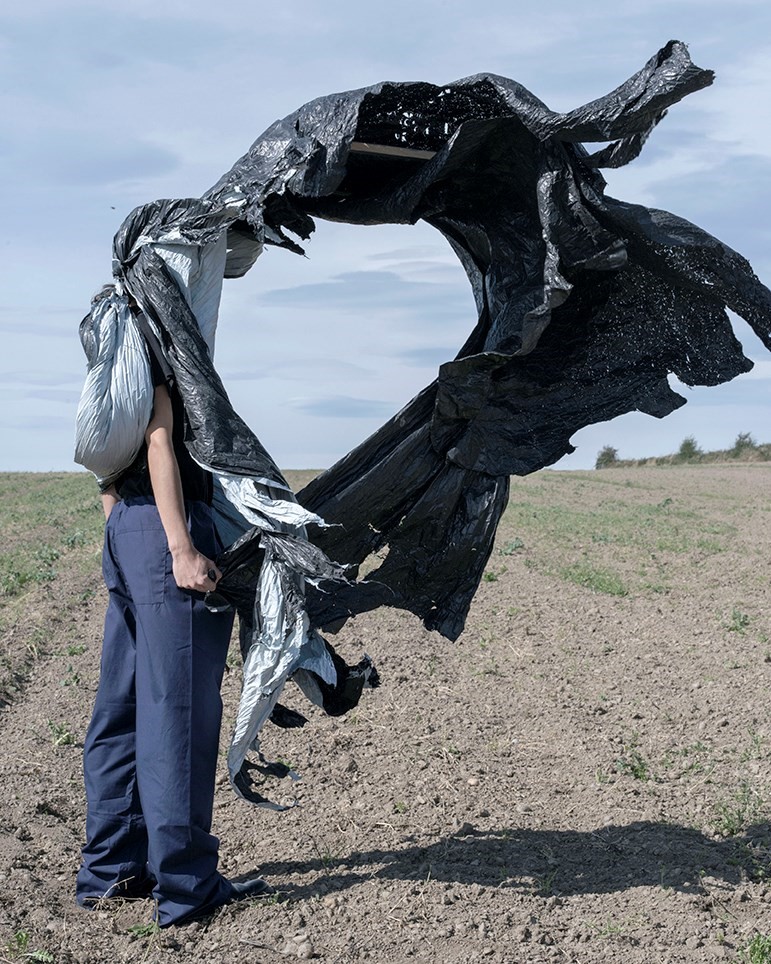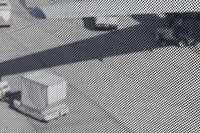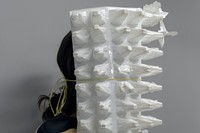Jackie Nickerson is one of the most profound image- and film-makers working today. Deeply meditative, the American-born British artist’s work examines what it is like – physically and psychologically – to work within specific environments. Farm (2005) and Terrain (2013) explore farm labour, the relationship between the land (in Southern and East Africa) and the people who work upon it, while Faith (2007) and Ten Miles Round (2009) look at similar relationships but in Ireland – the religious and rural communities that can be found there, respectively.
While these series examine heady subjects such as identity – who we are, how we change the world around us and how, in turn, it changes us – they also embody extraordinarily beautiful portraits and landscapes, too. Nickerson’s latest book, Field Test (published by Kerber), is no exception. Featuring powerful and at times perplexing photographs, which actually feel more like sculptures than portraits, the publication explores the collective trauma of modern living; how the things that are unseen change us. Things, says Nickerson, like “globalisation, technology and medicine, commercialisation, mass production, environmental pollution, migration, digitisation, fake news and pandemics”. Things that feel all too familiar, all too ... traumatic.
Here, Nickerson tells us more about this book and its themes, and what she feels is the power of photo books.
Ted Stansfield: Please could you introduce Field Test to us?
Jackie Nickerson: Yes. It’s a series of constructed images about the collective trauma of modern living. In a way, it’s about the mundane things and hidden forces in your life, which you don’t have any knowledge or control over.
TS: Could you describe the process of creating it?
JN: It started in 2014 when Time magazine sent me to Liberia to cover the Ebola epidemic. I became very aware of the processes and paraphernalia around healthcare. The materials that protect, but also obscure identity and the psychological effects of not being recognisable. This got me thinking about the unseen things that we use everyday. Like the internet.
TS: What are some of the themes you explore?
JN: Mostly it’s about the psychological effects of things that are not overt – and how we are being changed by them – globalisation, technology and medicine, commercialisation, mass production, environmental pollution, migration, digitisation, fake news and pandemics.
I sometimes feel like the technological practices in our everyday lives – the digital processes that we all use – are changing the way our brains work. And there’s very little room to opt out of this.

TS: Some of these themes feel especially pertinent to this time we’re living in – the age of coronavirus – but you created the book before the pandemic. How do you feel about this?
JN: Yes, well, I suppose the World Health Organisation has been talking about the danger of a worldwide pandemic for a while now, so it’s not really surprising. When I saw the Ebola outbreak it became real for me. I suppose the timing is just a fluke but there have been other recent outbreaks – like Sars.
TS: How does Field Test relate to your previous publications, Farm, Terrain, Faith and Ten Miles Round?
JN: I have an interest in cause and effect. How things to a certain degree work within the law of nature. We are not isolated – there is an inevitable cohesion as we all live together on this planet. So this idea of how we are human, and how we interact with our environment is what I’m interested in.
TS: I’m interested in what motivates you, in terms of your artistic practice.
JN: I think most artists will tell you that – the ideas, the drive – it’s just there. I see things and I see how diverse things can perhaps work together. It’s my job to investigate that and ask those questions. I love what I do.
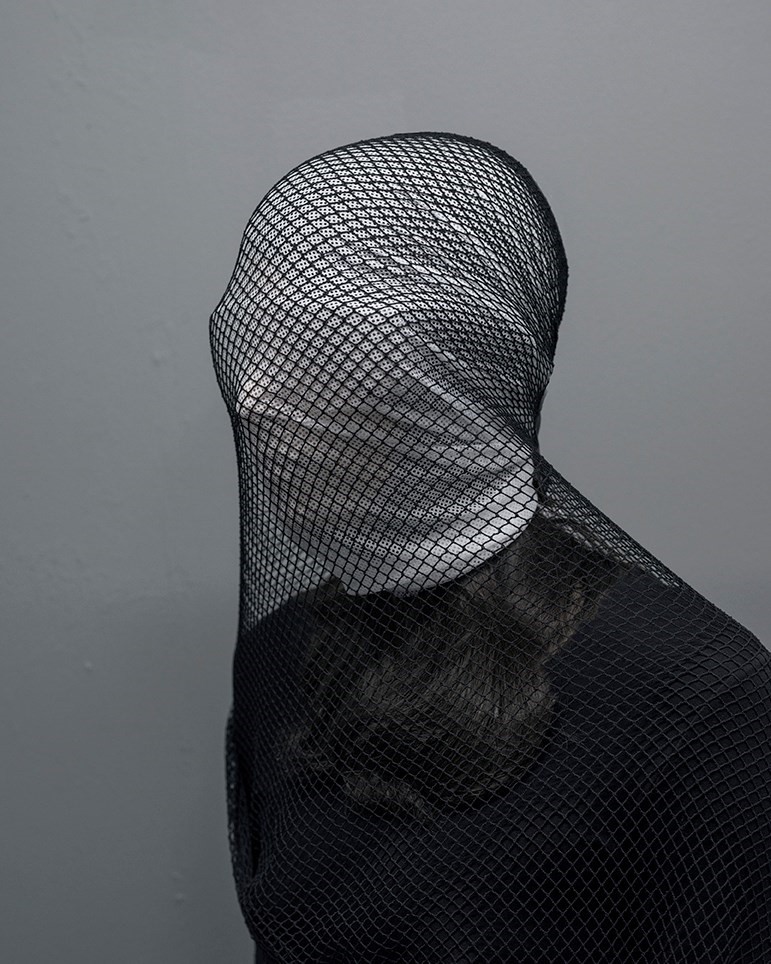
TS: In a recent interview for AnOther, Tyler Mitchell said photo books are “even more important than a show, which seems to be the marker of success” (for photographers). Do you agree? What do you feel is the power of photo books?
JN: Yes. I think both are important but a book lasts forever and it’s an artifact you can keep. Francis Bacon said that he thought his paintings worked better in a series. Sometimes the narrative is a really important part of the work and a series illustrates an idea better than a single image. So books are a great way of achieving this. But that said, it’s always great to see work produced as an actual photograph and see it hanging on a wall.
TS: Do you buy them yourself? Do you have a favourite?
JN: I buy lots of books about photography, design, architecture and sculpture. I recently bought a brilliant Dieter Rams design book. You can clearly see how his work from the 1950s has influenced industrial design today.
TS: Another thing I’m interested to know: how does it feel to create something that then becomes a rare and valuable commodity and a special and treasured possession (to someone like me!)?
JN: [Laughs.] Thank you! I hope I can produce work that some people might want to look at.
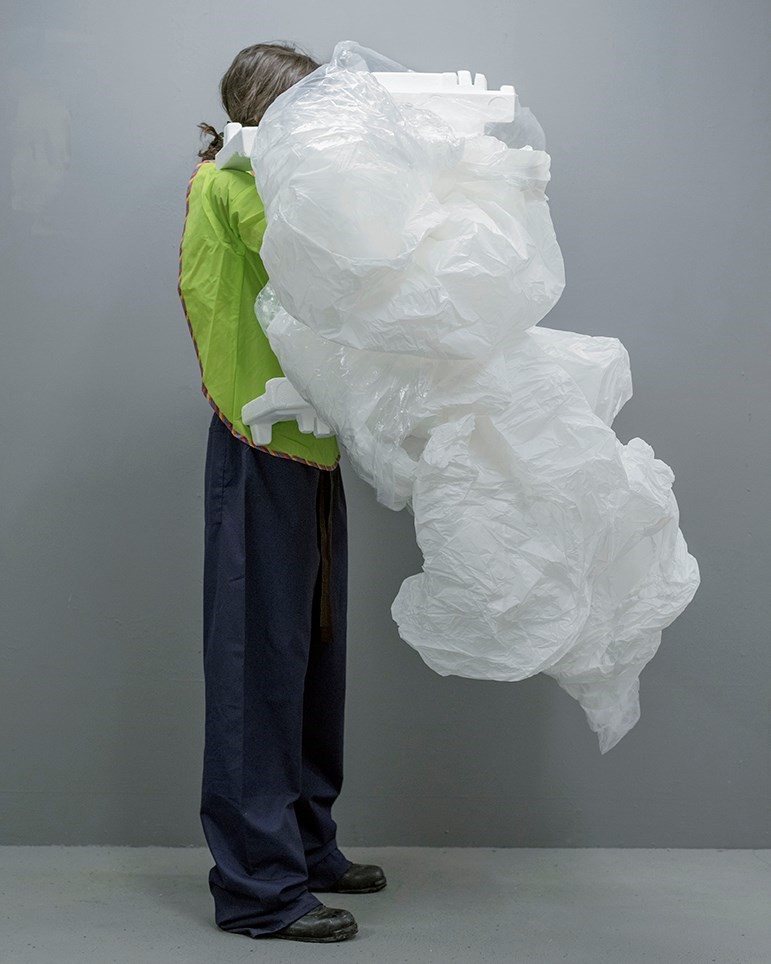
Field Test by Jackie Nickerson is published by Kerber.
